When it comes to kitchen lighting, choosing the right color temperature can make all the difference. Warm white and cool white LED lights are two commonly used options, but what exactly sets them apart? Warm white LED lights have a color temperature of around 2700K to 3000K, giving off a cozy, yellowish glow that is reminiscent of traditional incandescent bulbs. This color temperature is often associated with a warm and inviting atmosphere, making it a popular choice for kitchens. Cool white LED lights, on the other hand, have a color temperature of around 5000K to 6500K, producing a brighter, bluish-white light similar to natural daylight. This cooler color temperature is often preferred for its crisp and clean look, making it ideal for task-oriented spaces like kitchens.Warm White vs Cool White LED Lights: What's the Difference?
Choosing the right color temperature for your kitchen lighting ultimately depends on your personal preference and the overall look and feel you want to achieve in your space. If you want a warm and cozy atmosphere, opt for warm white LED lights. These will create a more intimate and inviting environment, perfect for family dinners and gatherings in the kitchen. Cool white LED lights, on the other hand, are better suited for a brighter and more energizing atmosphere. They are ideal for task-oriented areas like the kitchen island or countertops, where you need clear and focused lighting for cooking and food preparation.How to Choose the Right Color Temperature for Your Kitchen Lighting
There are many ways to incorporate warm lighting into your kitchen design. One simple idea is to use warm white LED strip lights under your cabinets to create a subtle and cozy ambience. You can also add a pendant light with a warm-colored shade above your kitchen island or dining table to create a warm and inviting focal point. For a more dramatic effect, consider installing warm white LED spotlights in your kitchen ceiling. This will not only provide ample lighting but also add a touch of warmth and coziness to the overall atmosphere of the room.Lighting Ideas for a Warm and Inviting Kitchen
In addition to using warm white LED lights, there are other ways to make your kitchen feel cozy and inviting through lighting. One idea is to incorporate dimmer switches to control the brightness of your lights. This allows you to adjust the level of warmth and create a more intimate atmosphere for different occasions. You can also add accent lighting with warm white LED bulbs to highlight certain areas of your kitchen, such as shelves or artwork. This will not only add warmth but also create a sense of depth and dimension in the space.Creating a Cozy Kitchen with Warm Lighting
LED lights have become increasingly popular in recent years, and for good reason. They offer many benefits, especially when used in the kitchen. First and foremost, LED lights are energy-efficient, using up to 80% less energy than traditional incandescent bulbs. This not only helps reduce your carbon footprint but also saves you money on your energy bills. LED lights also have a longer lifespan compared to other types of bulbs, meaning you won't have to replace them as often. They also emit less heat, making them safer and more comfortable to use in the kitchen.The Benefits of Using LED Lights in Your Kitchen
Another way to create a warm and inviting atmosphere in your kitchen is by incorporating natural light. Natural light not only adds warmth but also makes the space feel more open and spacious. If possible, try to maximize the amount of natural light in your kitchen by installing larger windows or skylights. You can also add mirrors to reflect natural light and make the room appear brighter and more inviting. During the day, use sheer or light-colored curtains to allow natural light to flow into your kitchen while still maintaining privacy.How to Incorporate Natural Light into Your Kitchen Design
Aside from color temperature, there are other factors to consider when choosing the best light bulbs for your kitchen. One important factor is the color rendering index (CRI), which measures how accurately a light source can display colors. For the kitchen, it is recommended to use bulbs with a CRI of 90 or above to ensure that your food and ingredients are displayed in their true colors. This is especially important for tasks like food preparation and cooking. You should also consider the brightness of your lights, as well as their energy efficiency and lifespan. LED lights are a great option that ticks all these boxes and can provide the warm, inviting atmosphere you desire in your kitchen.Choosing the Best Light Bulbs for Your Kitchen
If you prefer a brighter and more airy atmosphere in your kitchen, there are a few key lighting tips to keep in mind. Firstly, make use of natural light as much as possible. This can be achieved through larger windows or skylights, as well as using light-colored or reflective surfaces in your kitchen design. For artificial lighting, opt for cool white LED lights to create a bright and energizing atmosphere. You can also add under-cabinet lighting to provide ample task lighting without cluttering up your countertops with bulky fixtures.Lighting Tips for a Bright and Airy Kitchen
Ultimately, the key to creating a warm and welcoming atmosphere in your kitchen is finding the right balance of lighting. This may mean combining different types of lighting, such as ambient, task, and accent lighting, to achieve the desired effect. Consider the overall design and layout of your kitchen, as well as your personal preferences, when choosing the right lighting for your space. With the right combination of lighting, you can create a cozy and inviting kitchen that is both functional and aesthetically pleasing.Creating a Warm and Welcoming Atmosphere in Your Kitchen
Proper lighting is crucial in any kitchen, as it can affect the functionality, safety, and overall atmosphere of the space. In addition to providing ample lighting for cooking and food preparation, it also plays a significant role in the overall design and ambiance of your kitchen. By choosing the right color temperature and type of lighting, you can create a warm and inviting kitchen that is not only practical but also a welcoming space for family and friends to gather. So don't overlook the importance of proper lighting when designing or renovating your kitchen.The Importance of Proper Lighting in a Kitchen
The Importance of Warm and Cool Light in the Kitchen
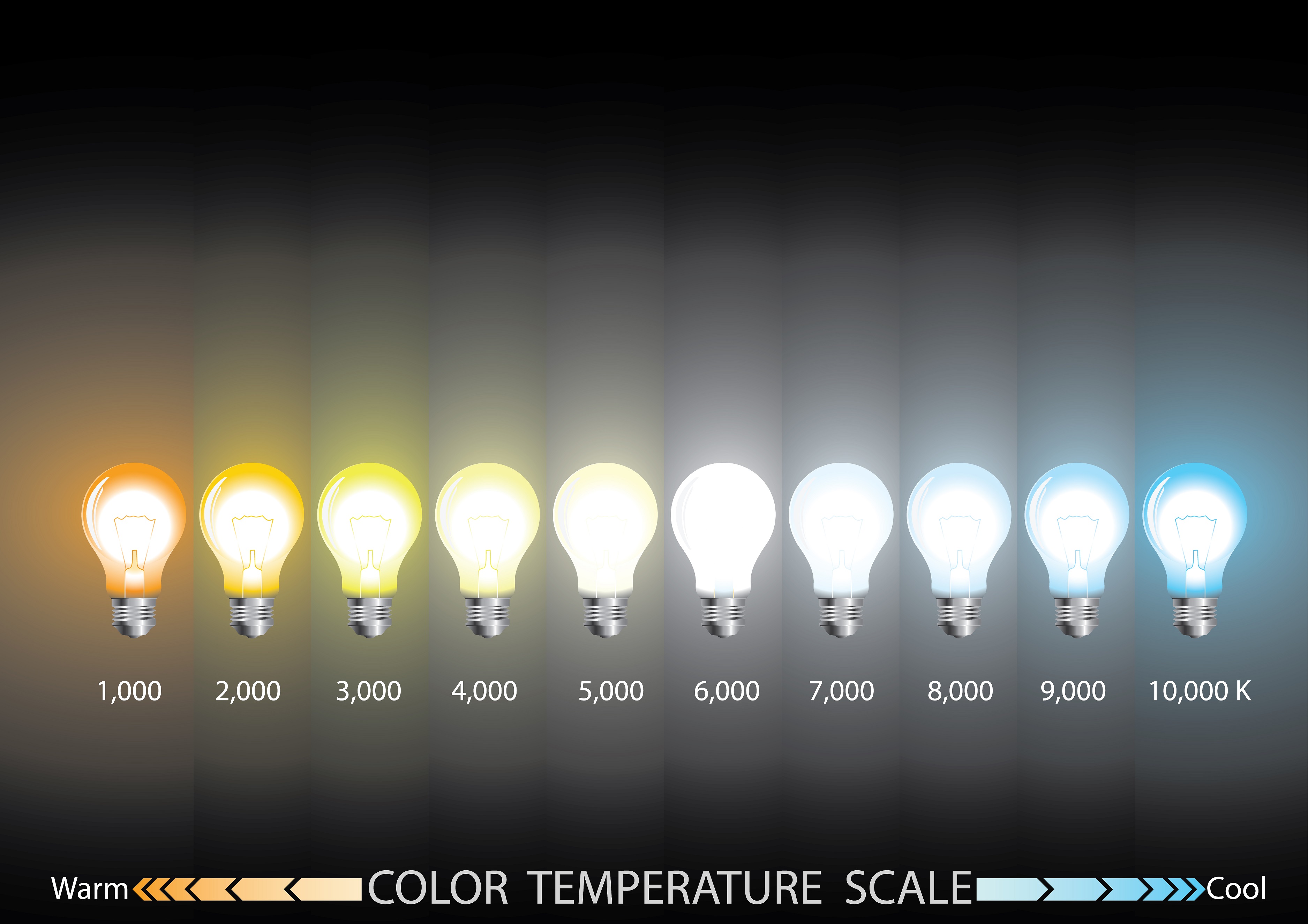
Creating the Perfect Ambiance
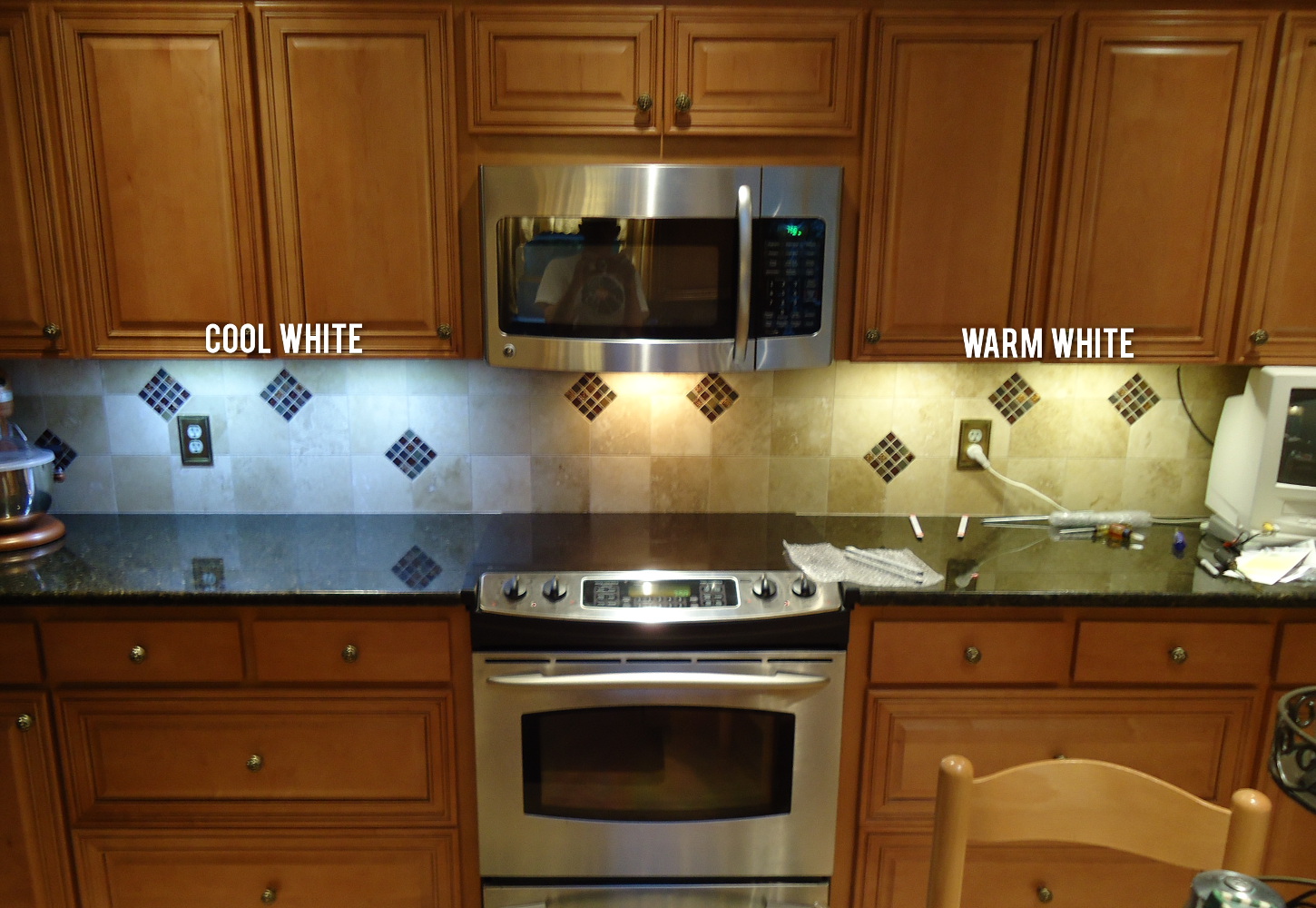 When designing a kitchen, there are many elements to consider – from the layout and appliances to the color scheme and finishes. One often overlooked aspect is the type of lighting used in the space. The right lighting can make all the difference in creating a warm and inviting atmosphere in your kitchen. That's why it's important to carefully consider the use of
warm and cool light
in this important room of your house.
When designing a kitchen, there are many elements to consider – from the layout and appliances to the color scheme and finishes. One often overlooked aspect is the type of lighting used in the space. The right lighting can make all the difference in creating a warm and inviting atmosphere in your kitchen. That's why it's important to carefully consider the use of
warm and cool light
in this important room of your house.
Understanding Warm and Cool Light
Creating a Functional and Inviting Space
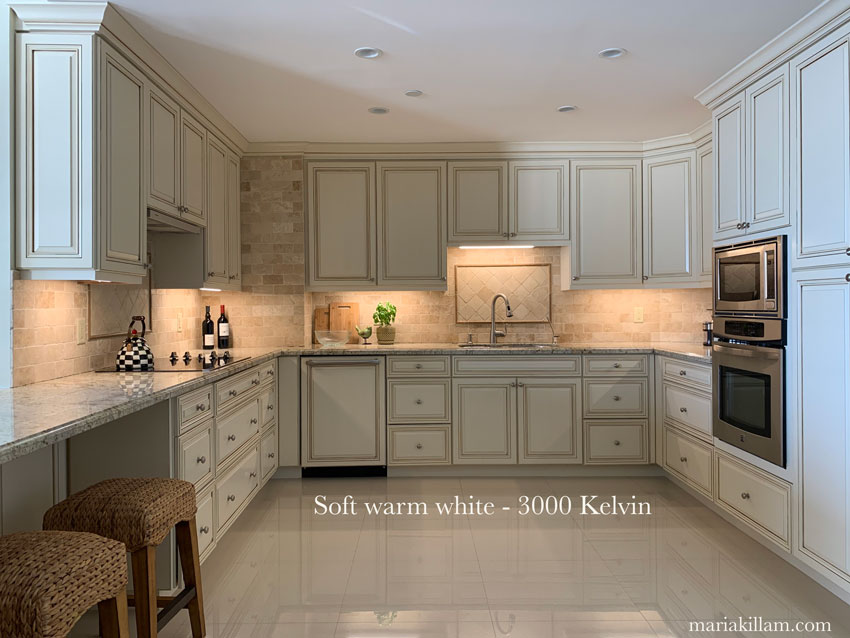 When it comes to kitchen design, functionality is just as important as aesthetics. Using a combination of warm and cool light can help create a more functional space in your kitchen. For example, cool light is often preferred for task lighting in areas where food preparation takes place, as it provides a brighter and more focused illumination. Warm light, on the other hand, can be used for general lighting in the kitchen, creating a cozy and inviting atmosphere for family gatherings or casual meals.
When it comes to kitchen design, functionality is just as important as aesthetics. Using a combination of warm and cool light can help create a more functional space in your kitchen. For example, cool light is often preferred for task lighting in areas where food preparation takes place, as it provides a brighter and more focused illumination. Warm light, on the other hand, can be used for general lighting in the kitchen, creating a cozy and inviting atmosphere for family gatherings or casual meals.
Enhancing the Color Scheme
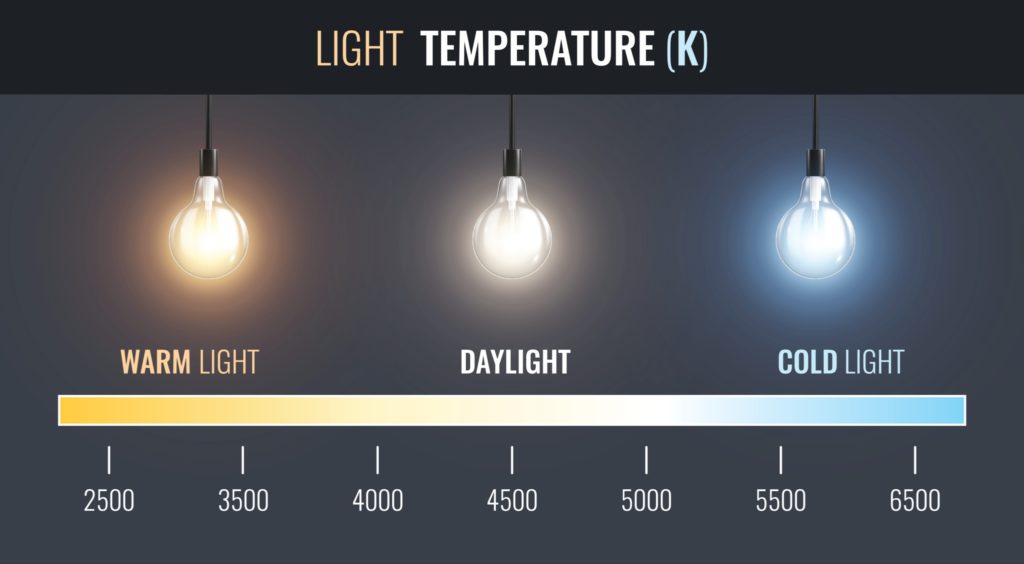 The colors used in your kitchen can also be greatly influenced by the type of lighting used. Warm light tends to enhance warm colors like reds, oranges, and yellows, while cool light enhances cooler colors like blues and greens. By using a combination of both warm and cool light, you can create a balance in your kitchen's color scheme and bring out the best in each shade.
The colors used in your kitchen can also be greatly influenced by the type of lighting used. Warm light tends to enhance warm colors like reds, oranges, and yellows, while cool light enhances cooler colors like blues and greens. By using a combination of both warm and cool light, you can create a balance in your kitchen's color scheme and bring out the best in each shade.
Final Thoughts
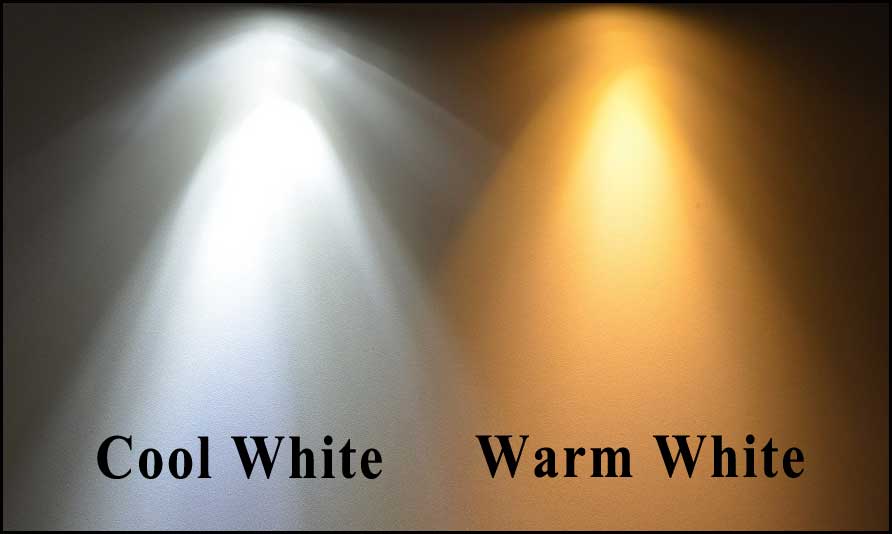 In conclusion, incorporating both warm and cool light in your kitchen design can greatly enhance the overall look and feel of the space. It not only creates a functional and inviting atmosphere but also allows for a more versatile use of color in your kitchen. So, the next time you're designing a kitchen, don't forget to give careful thought to the type of lighting you use – it can make all the difference.
In conclusion, incorporating both warm and cool light in your kitchen design can greatly enhance the overall look and feel of the space. It not only creates a functional and inviting atmosphere but also allows for a more versatile use of color in your kitchen. So, the next time you're designing a kitchen, don't forget to give careful thought to the type of lighting you use – it can make all the difference.















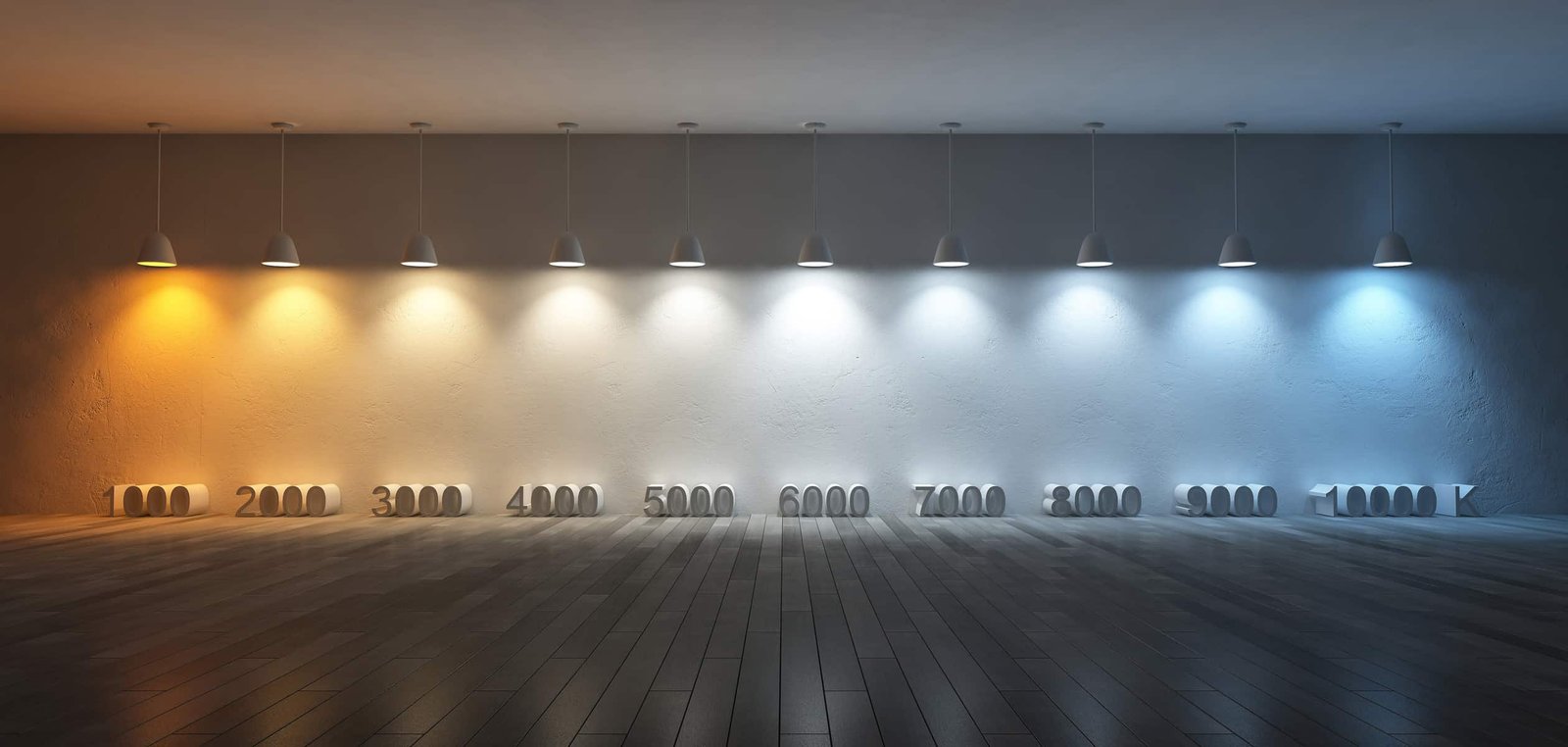

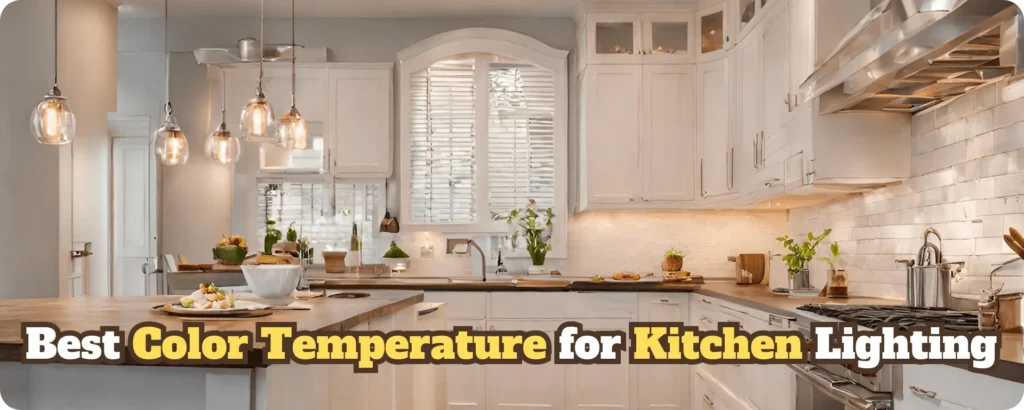
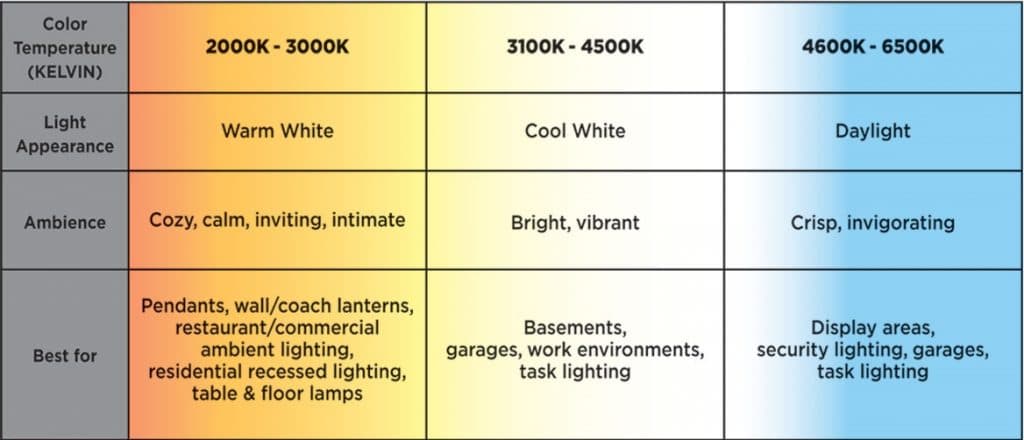


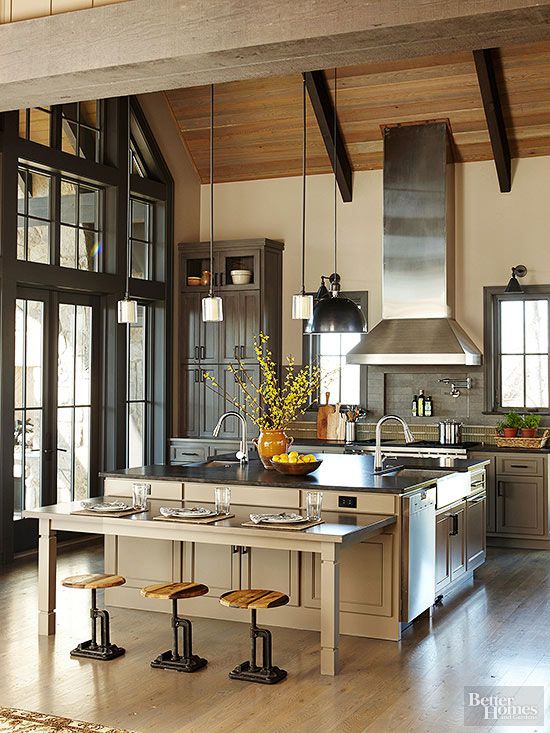
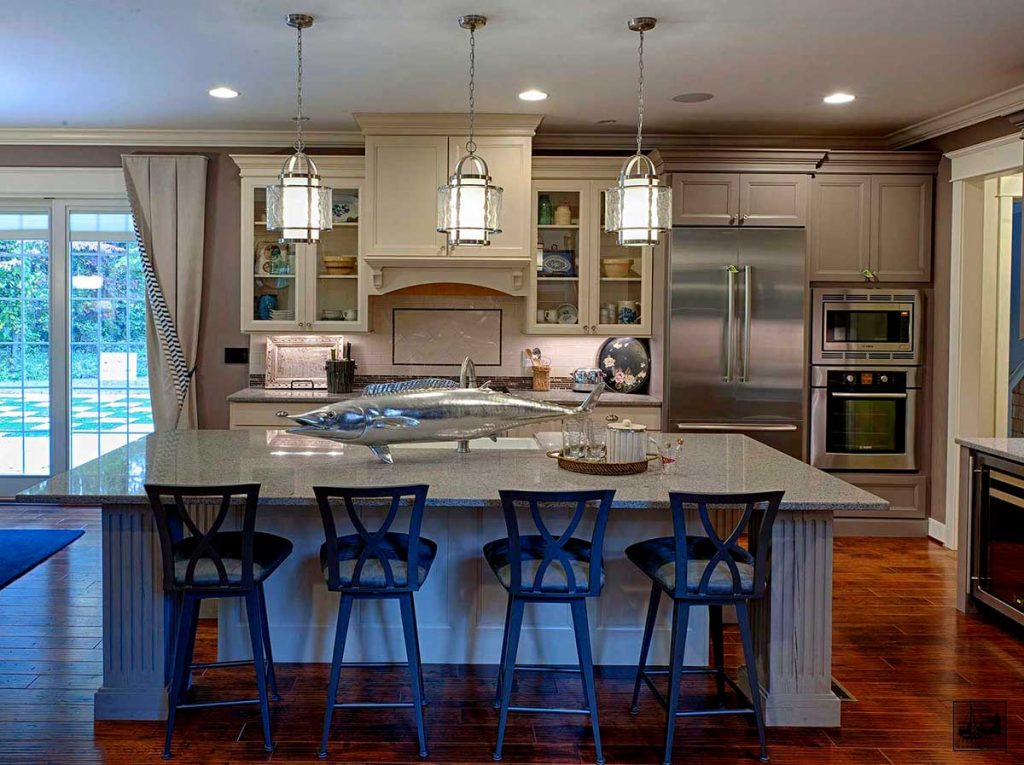




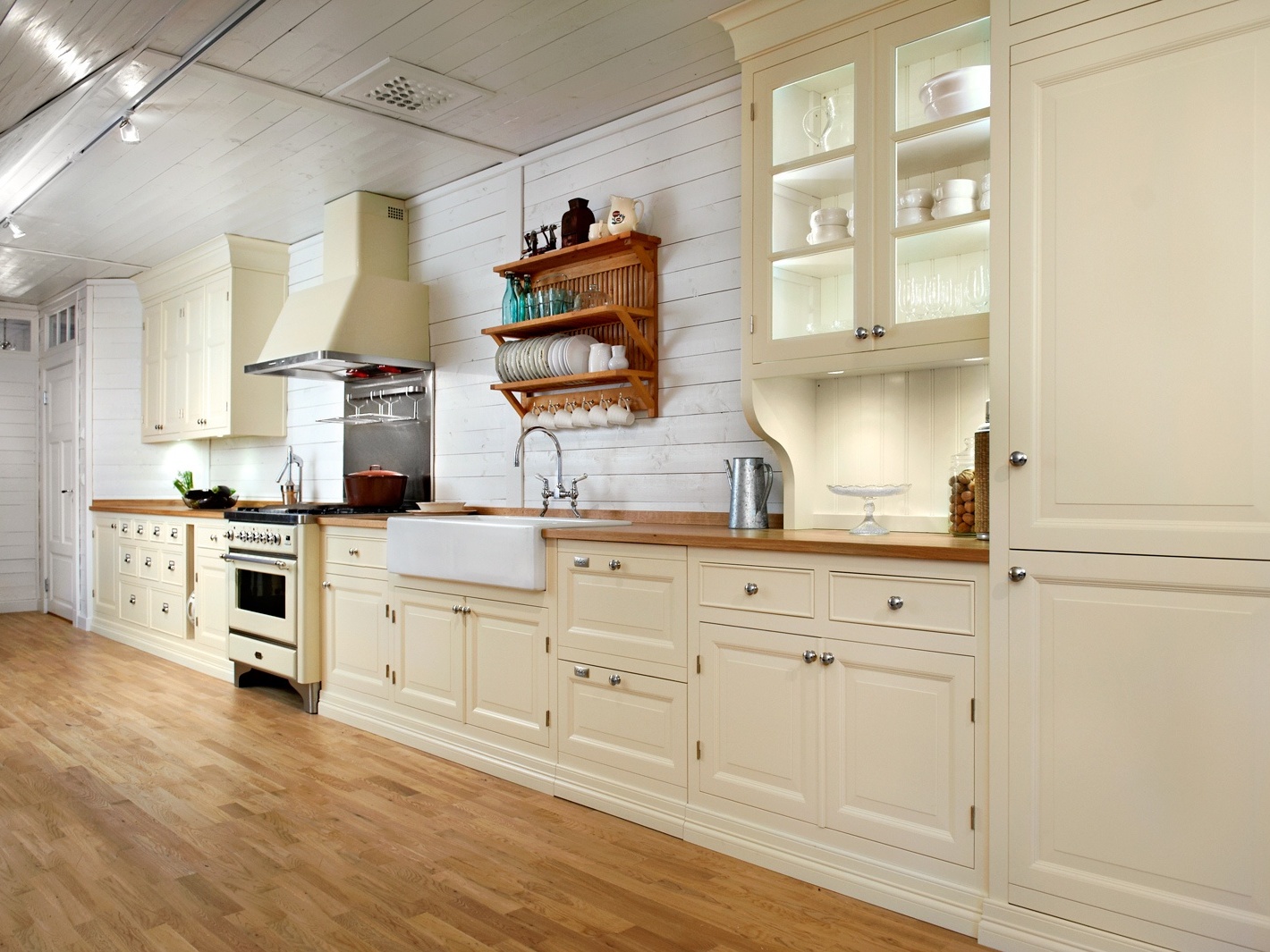


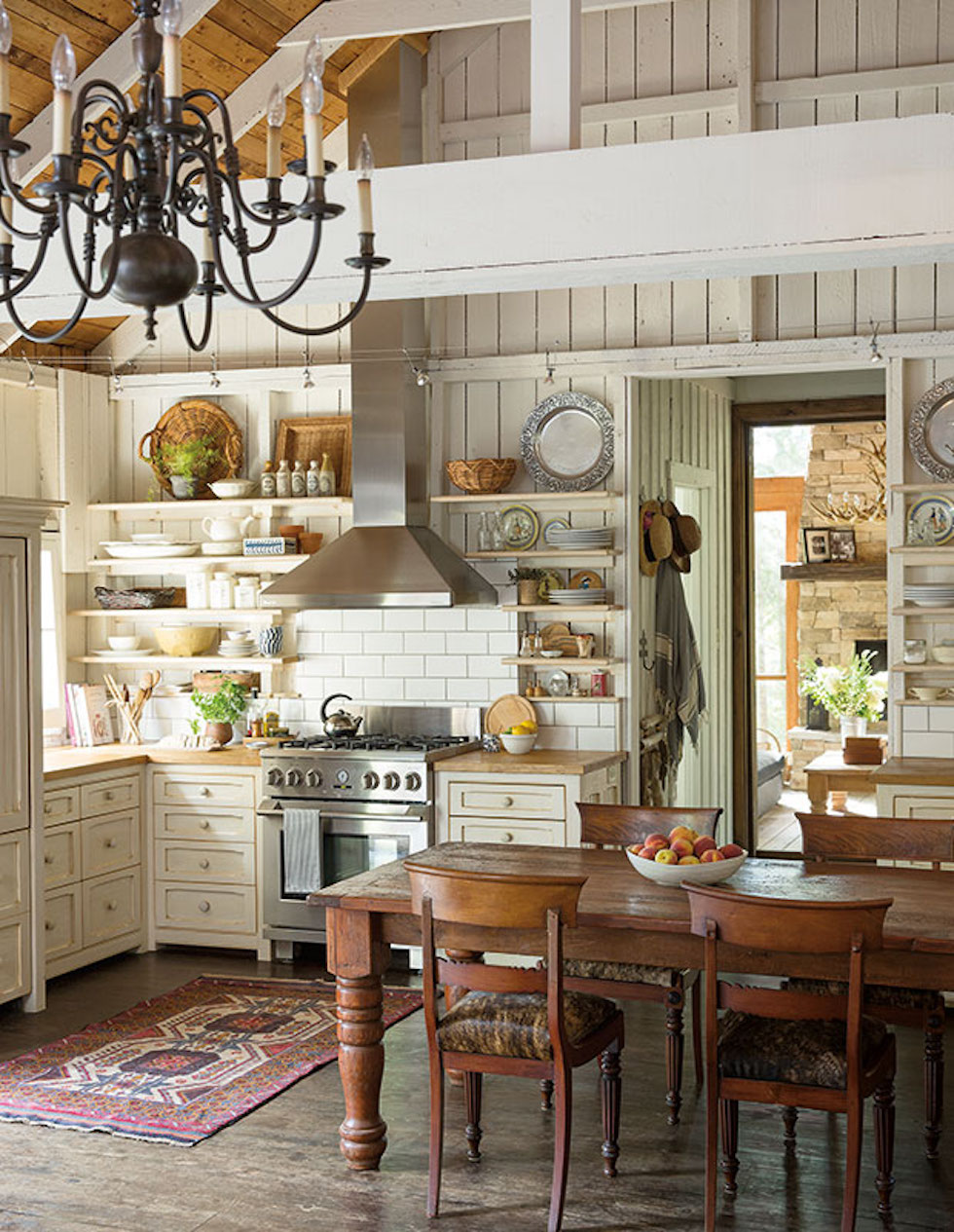

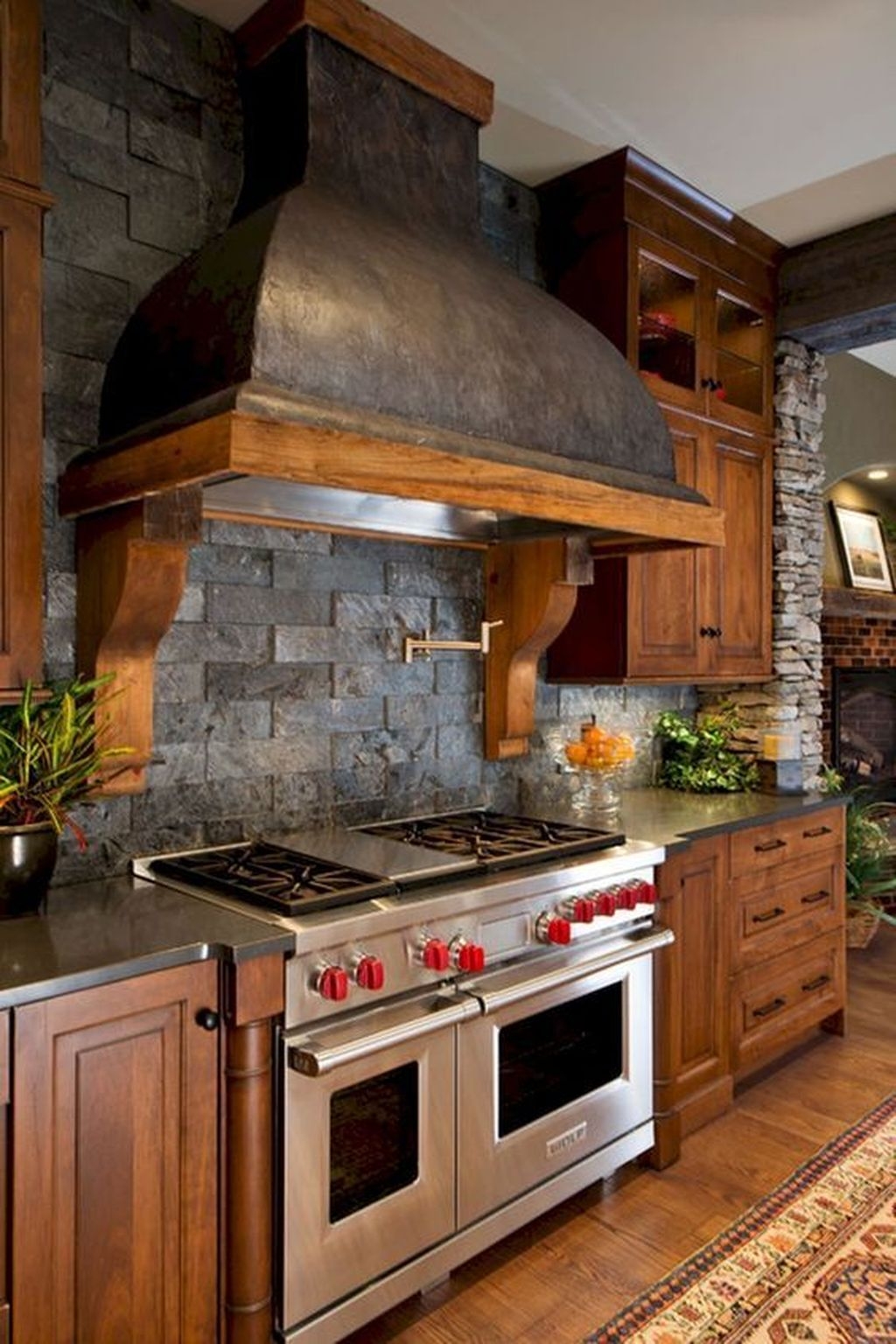






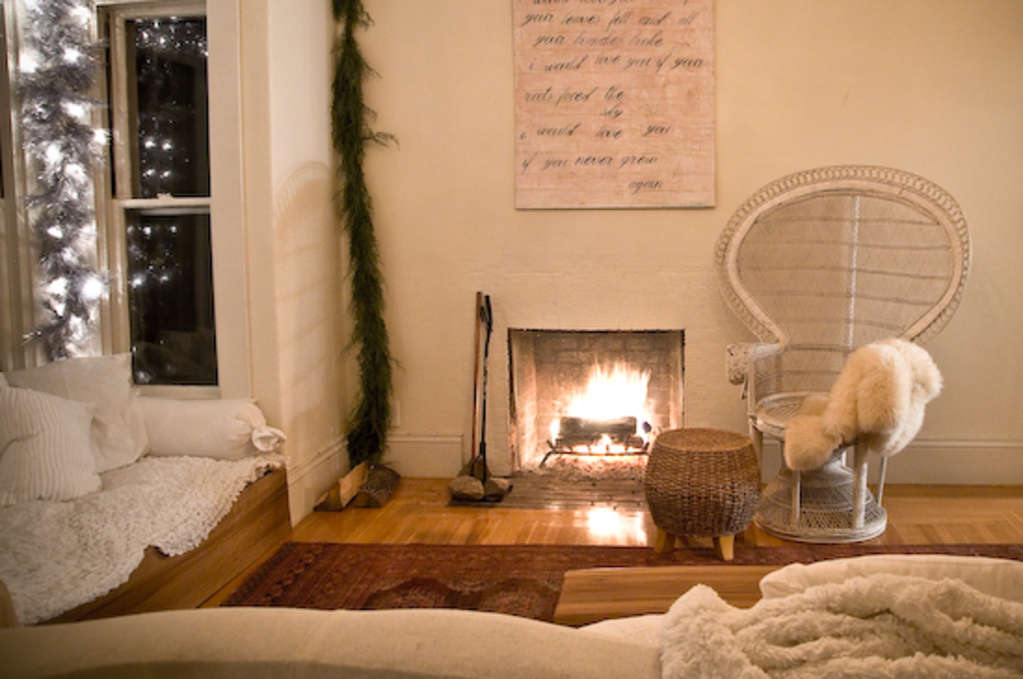
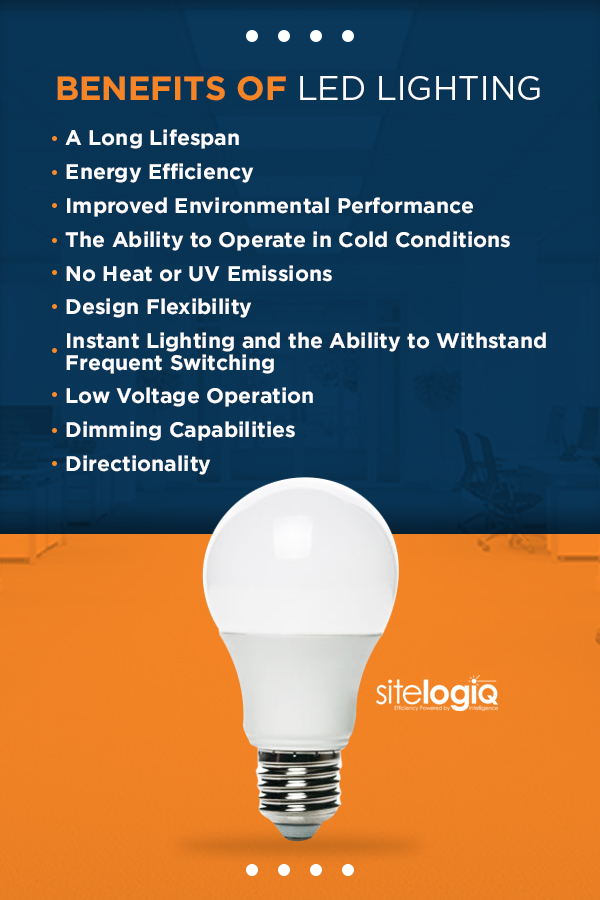
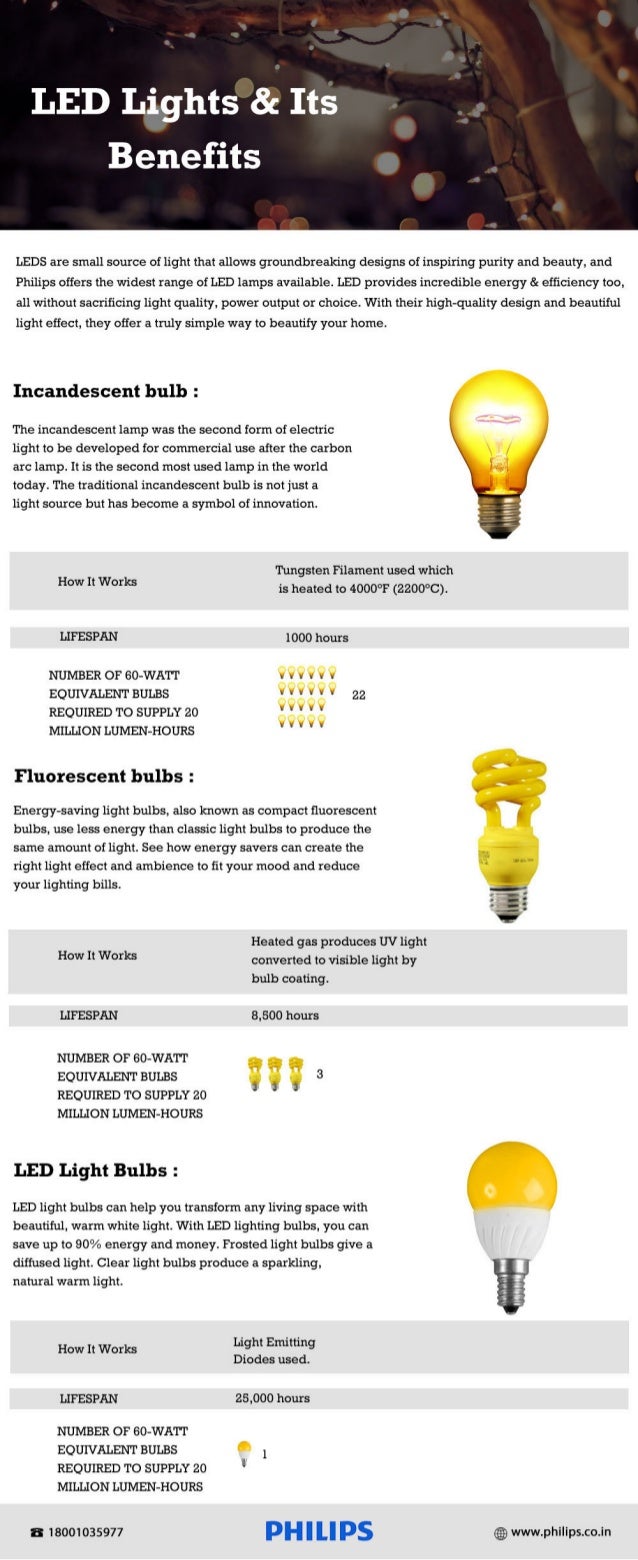

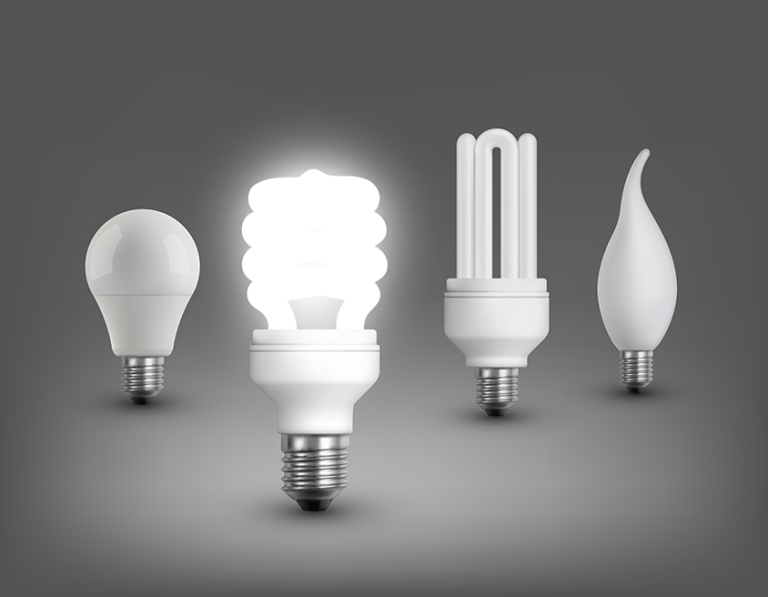


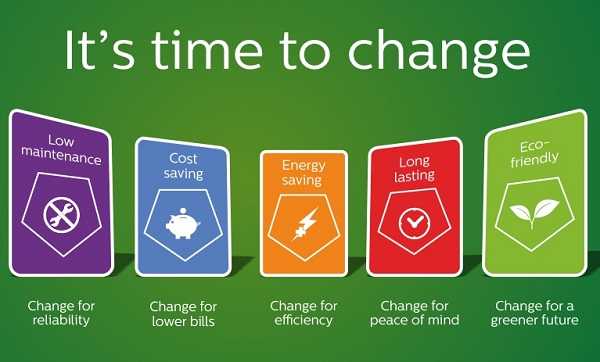








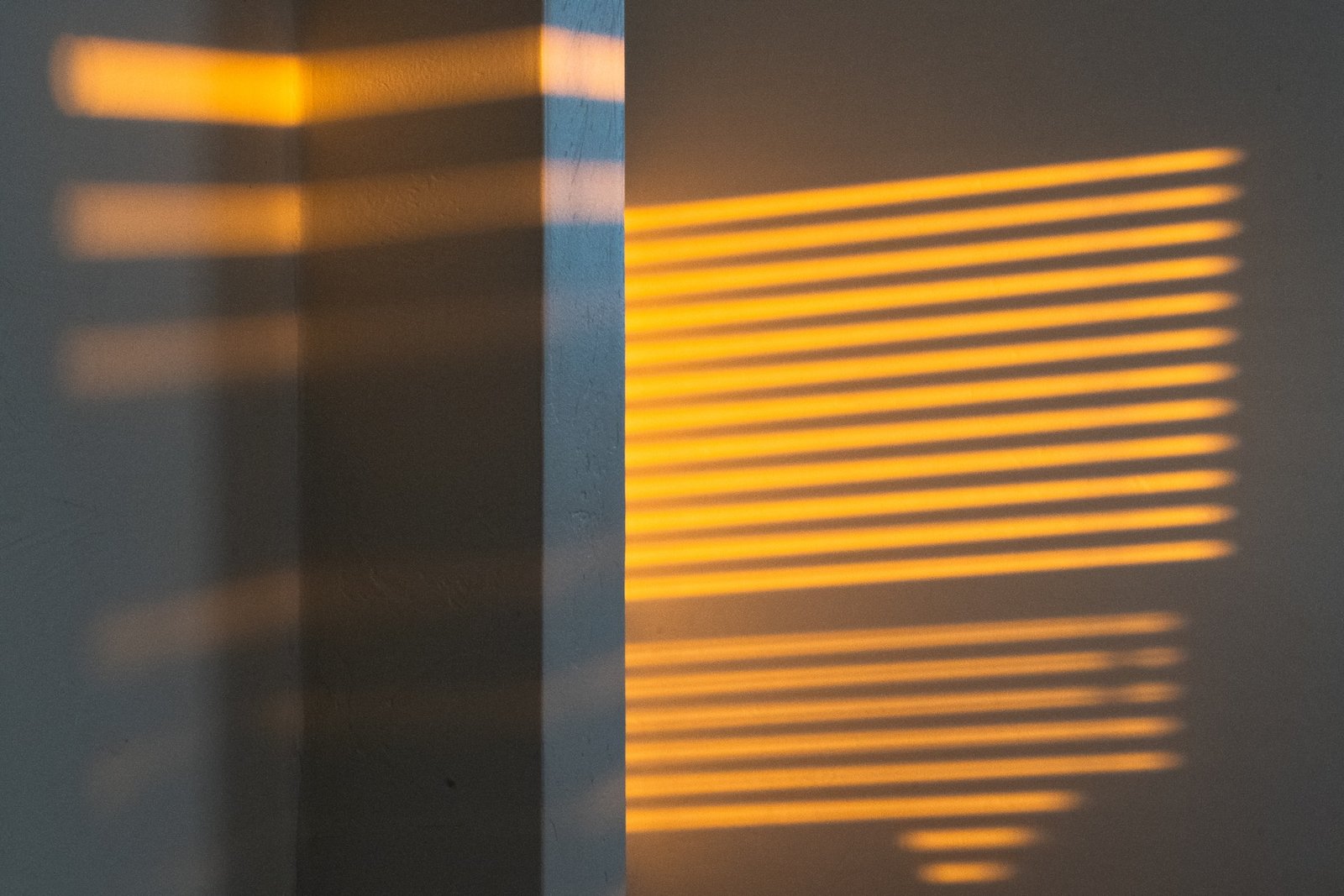




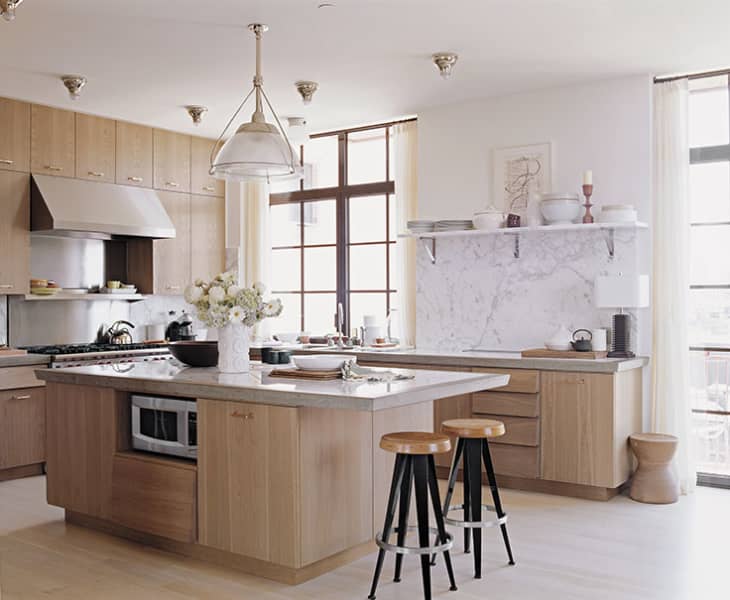





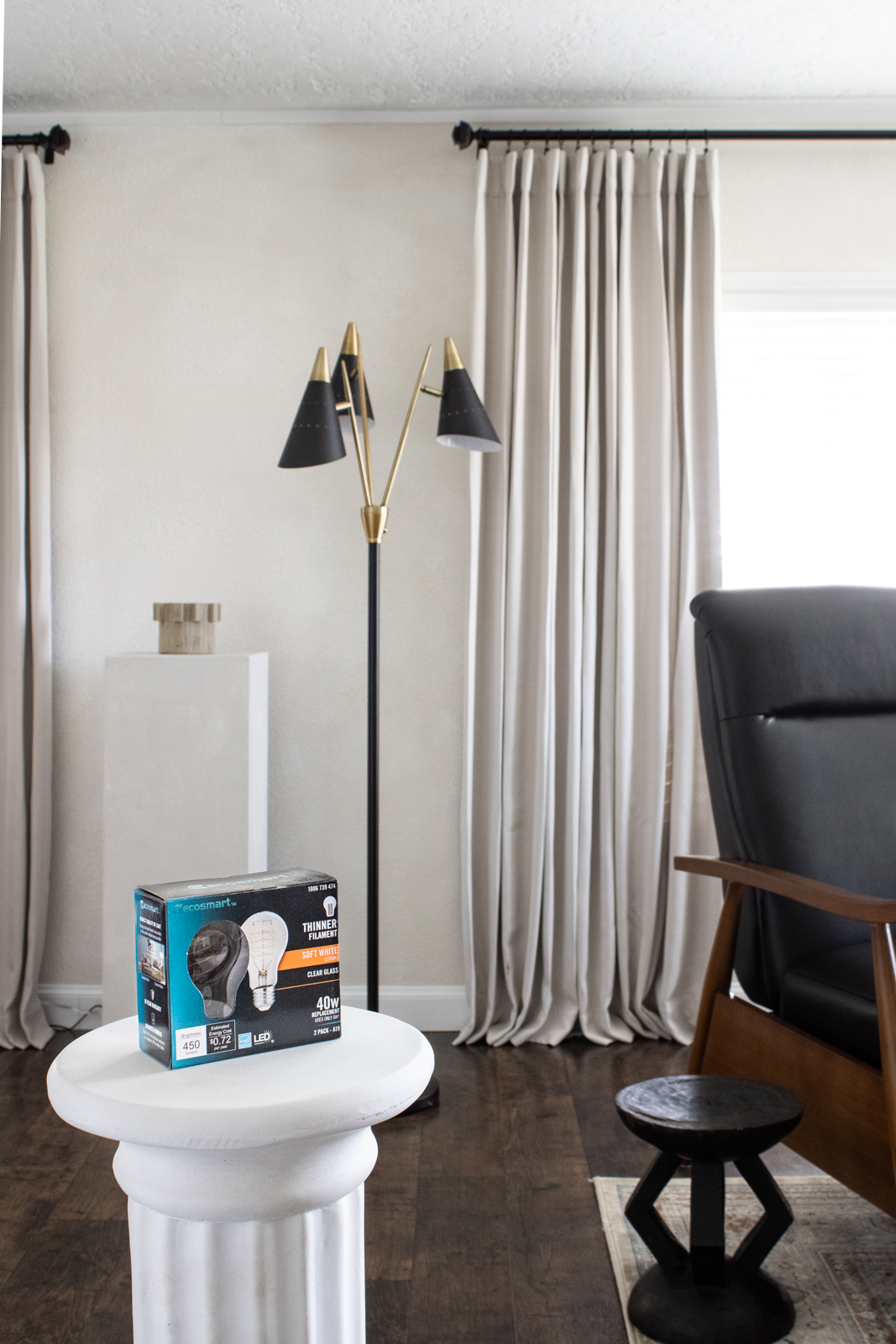

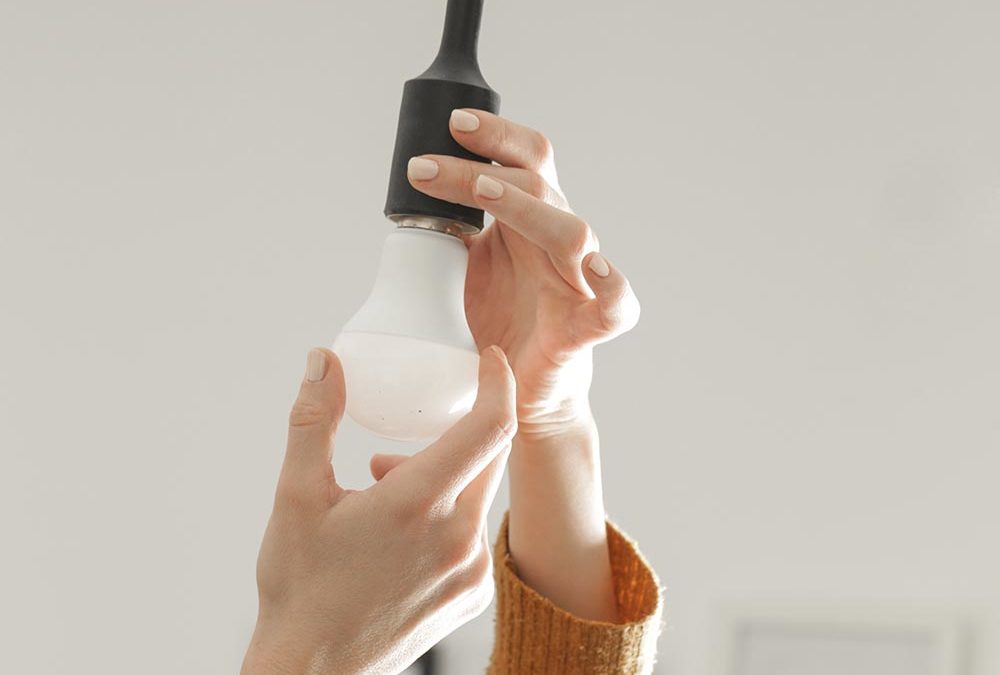








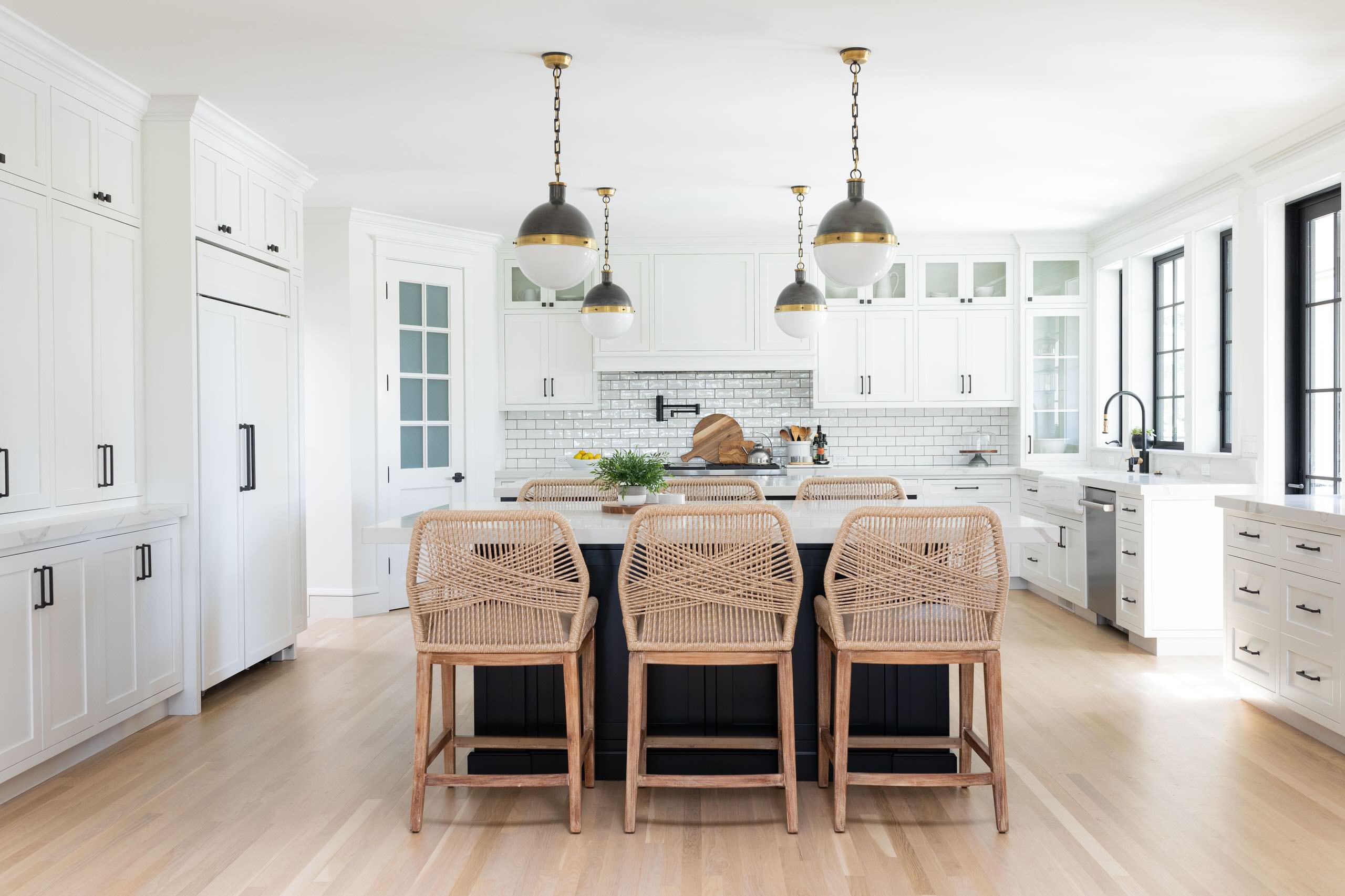

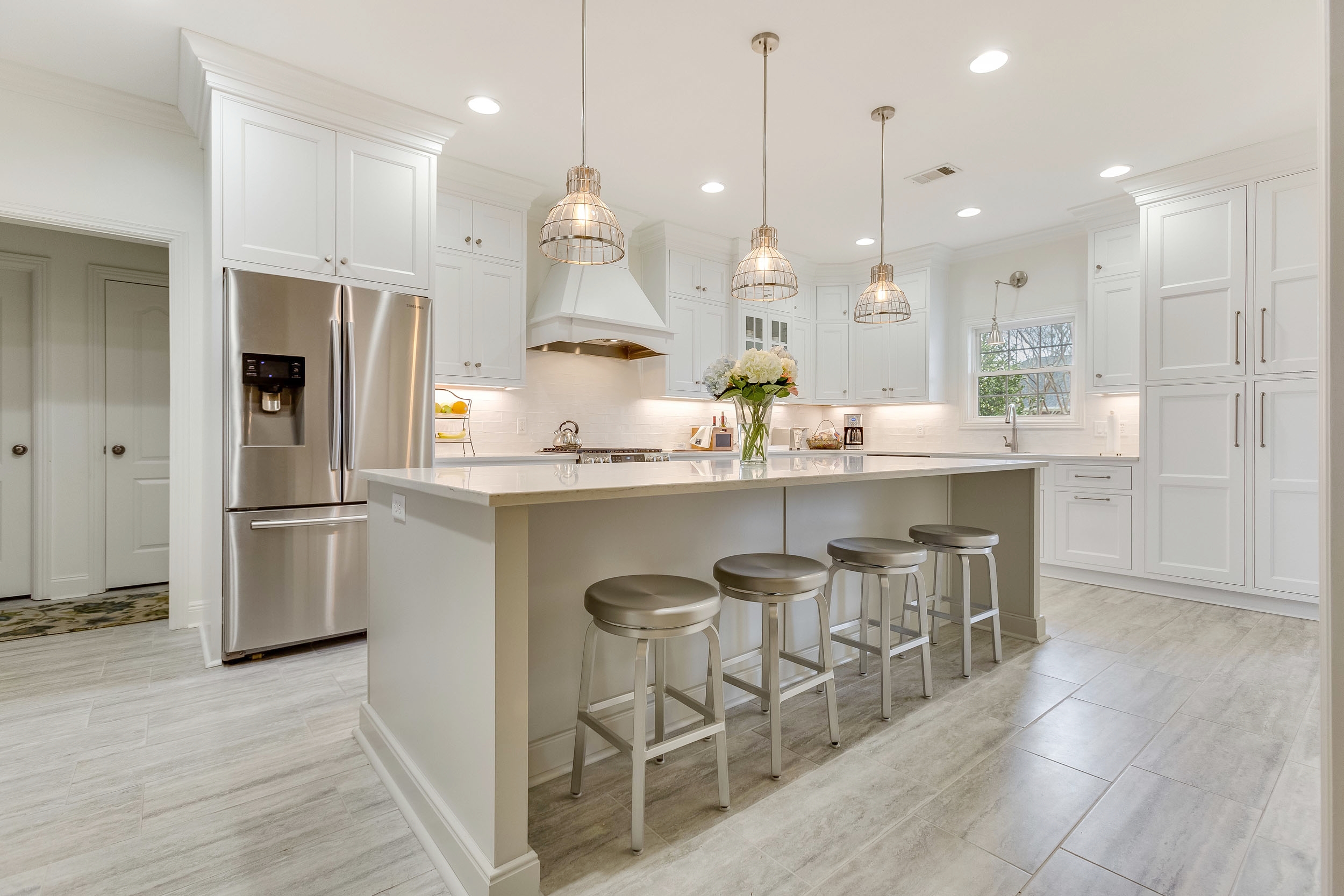


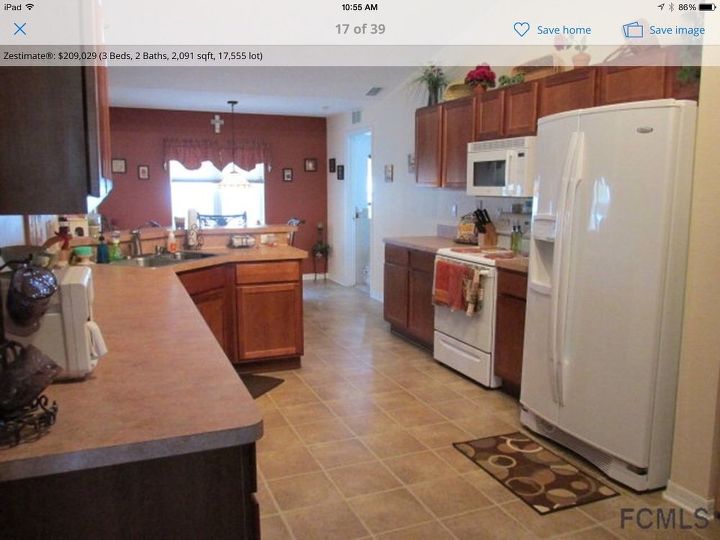


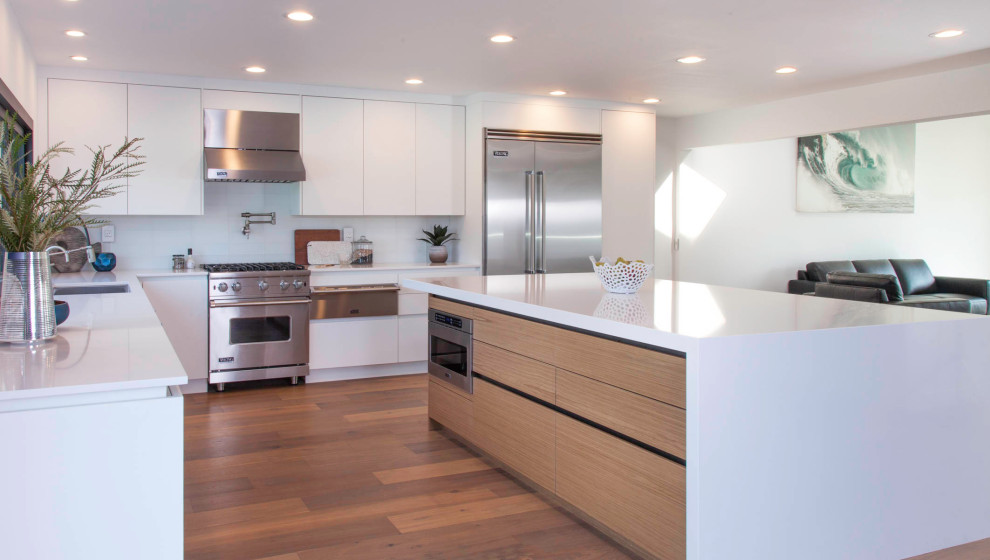

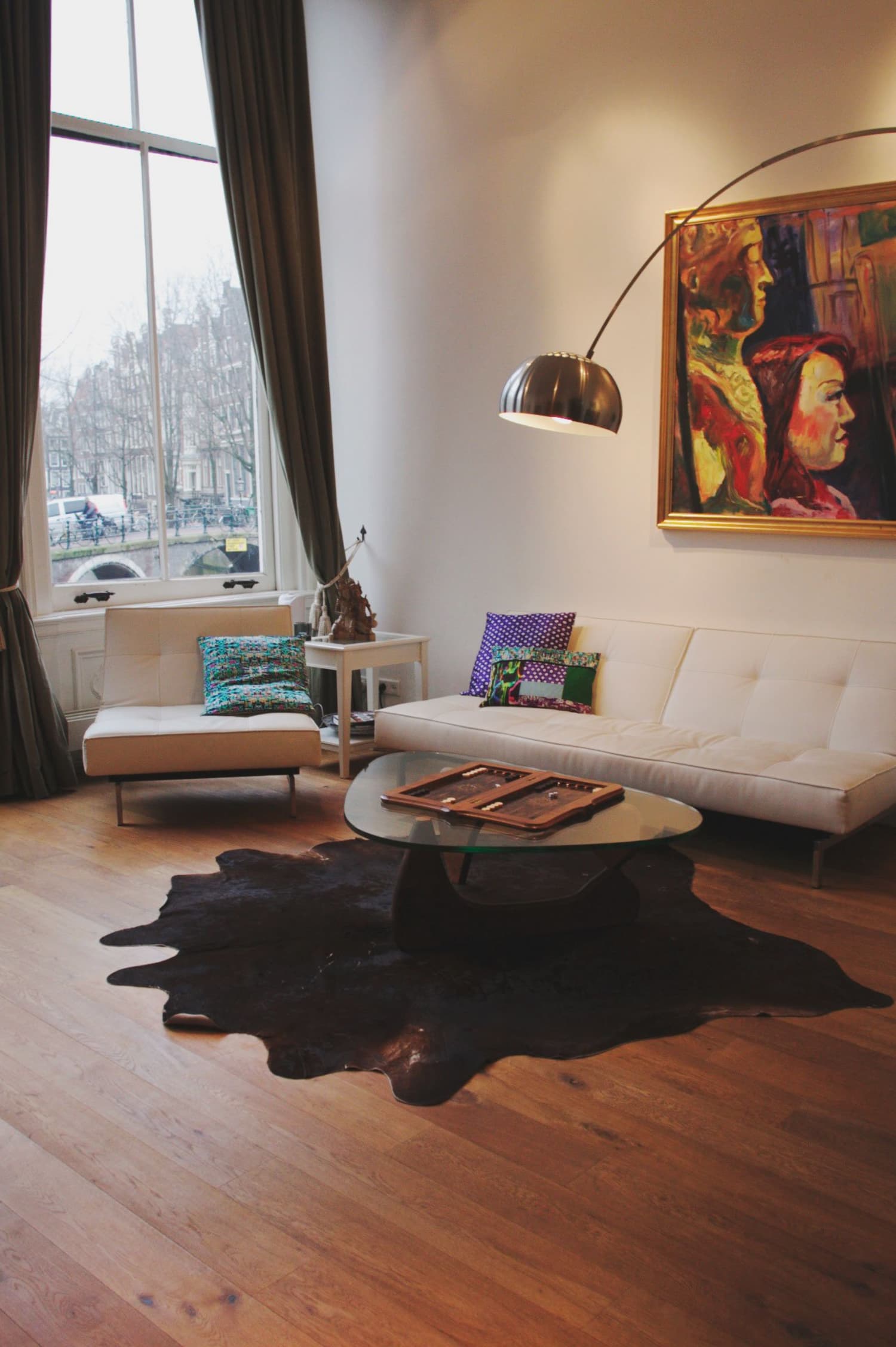











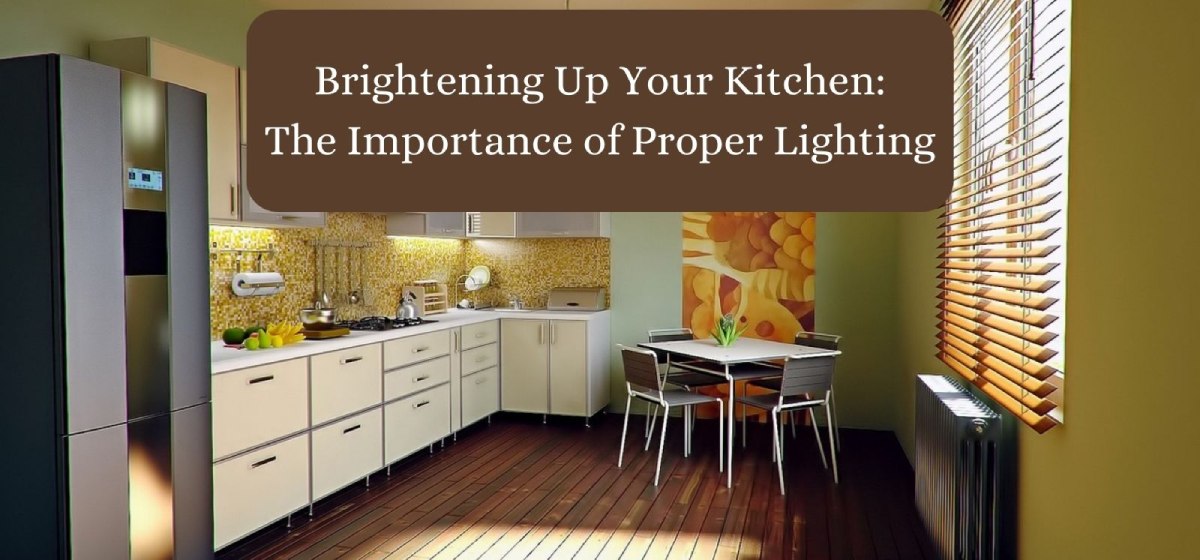








:max_bytes(150000):strip_icc()/PureSaltHIGHREZ-66-44bc07f6f1724683b92e6a5580aa9dba.jpg)




